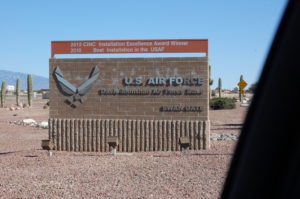 To view the Journal for FEBRUARY click on this link goto February Journals…or click on the “header at the top of this page, select “Journals” for the drop-down menu. If pictures appear missing, use your “refresh” button.
To view the Journal for FEBRUARY click on this link goto February Journals…or click on the “header at the top of this page, select “Journals” for the drop-down menu. If pictures appear missing, use your “refresh” button.
HAPPINESS is to have EVERYTHING
you NEED,
NOT the NEED to have EVERYTHING
This month’s Travel Plans:
7. Jan. 20th Willis, TX at Lake Conroe (TT) RVP x 12 nights. (190m)
Seguin, TX -Overnight (156m)
4. Feb. 2nd Lakehills, TX at Medina Lake RVR (TT) x 13 nights (71m)
5. Feb. 15th Fort Stockton, TX overnight
6. Feb. 16th El Paso, TX – overnight
7. Feb. 17th Deming, NM overnight
8. Feb. 18th Benson, AZ at Valley Vista RVR(T3) x13 nights
Phoenix, AZ overnight
**********************************************
2.20.2019-Pima County Boneyard
(The bold/italicized text below has been taken from Wikipedia)
A large number of the museum’s aircraft are displayed outside with the remainder located in one of the museum’s four display hangars.[1] In addition to the display hangars, the museum has a restoration hangar.[2]
Opened to the public in May 1976 with 48 aircraft then on display, the Museum’s main hangar houses an SR-71A Blackbird, an A-10 Warthog, a United States Air Force Through the Years exhibit, and a mock-up of a control tower.
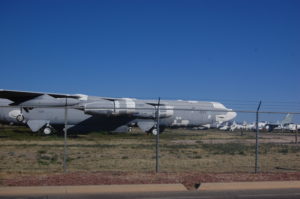
I believe this is a C-130. Tom Ward used to pilot a plane like this when he was deployed.
The museum is adjacent to Davis-Monthan Air Force Base. The 309th Aerospace Maintenance and Regeneration Group (AMARG), affiliated with the base, also known as the “Graveyard of Planes” or “The Boneyard”, is the largest aircraft storage and preservation facility in the world. Bus tours of the boneyard leave from the museum several times a day from Monday to Friday, except Federal holidays.

The nearby Titan Missile Museum is located about 20 miles south of Tucson in Green Valley off of Interstate 19 and features a Titan II intercontinental ballistic missile still in its silo. Tours of the above-ground and underground installations around the missile are conducted daily. More extensive “top-to-bottom” tours take up to five hours and are conducted several times each month. Reservations are required for a top-to-bottom tour.
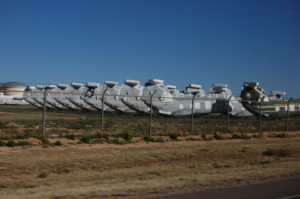
Both museums are overseen by the Arizona Aerospace Foundation and are governed by the board of trustees. They are a non-profit 501(c)(3) organization that rely on visitors paying admissions, for trams and AMARG tours, as well as what they spend in the museum stores. They also rely on memberships and contracted events to pay to restore and acquire exhibits.
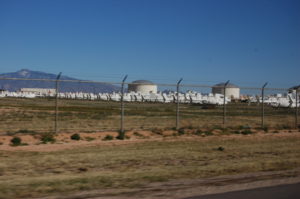
The museum opened to the public on May 8, 1976. In early 1982 the first hangar on the site was completed. A second was built in 1987, a third in 1992, and a fourth in 1994. In 2012, the museum collaborated with artists, in The Boneyard Project, to place some abandoned aircraft on display as canvases for art.
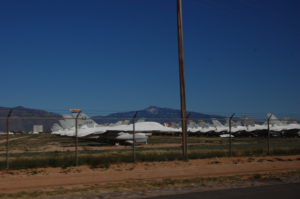
During 2015, Boeing donated to the museum the second 787 aircraft to be built. It is exhibited in the colors of the 787 customer. In November 2016, Orbis International donated their first McDonnell-Douglas DC-10 Flying Eye Hospital to the museum, after receiving a second DC-10 from FedEx. The DC-10, which was the oldest flying example of its type at the time of its donation, is being restored for display at Davis–Monthan Air Force Base.[8]
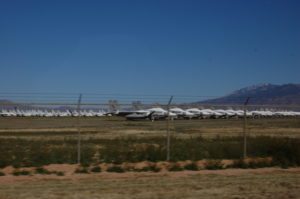
"Everything we were, we carry with us. Everything we will be, is calling to us, from the roads not travelled yet." pjgrenier
